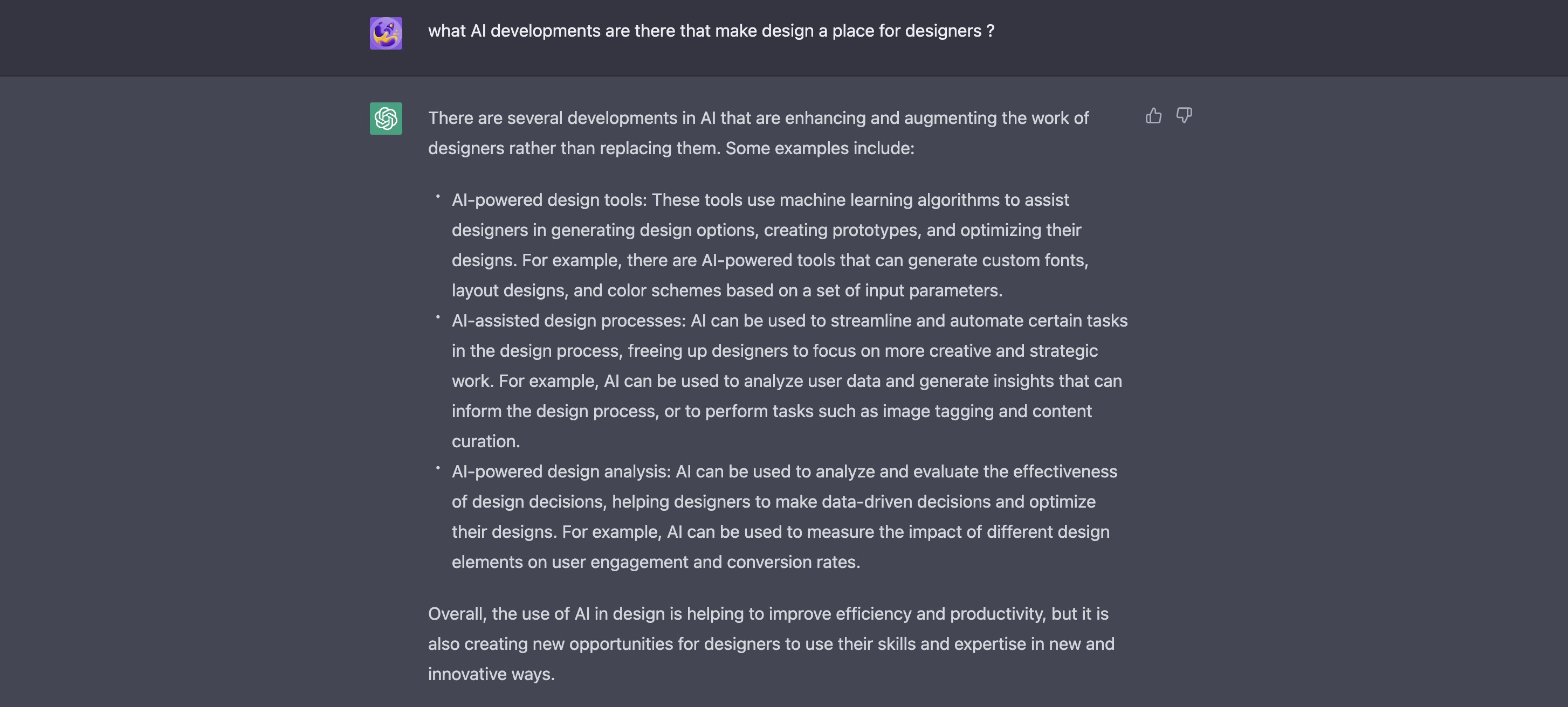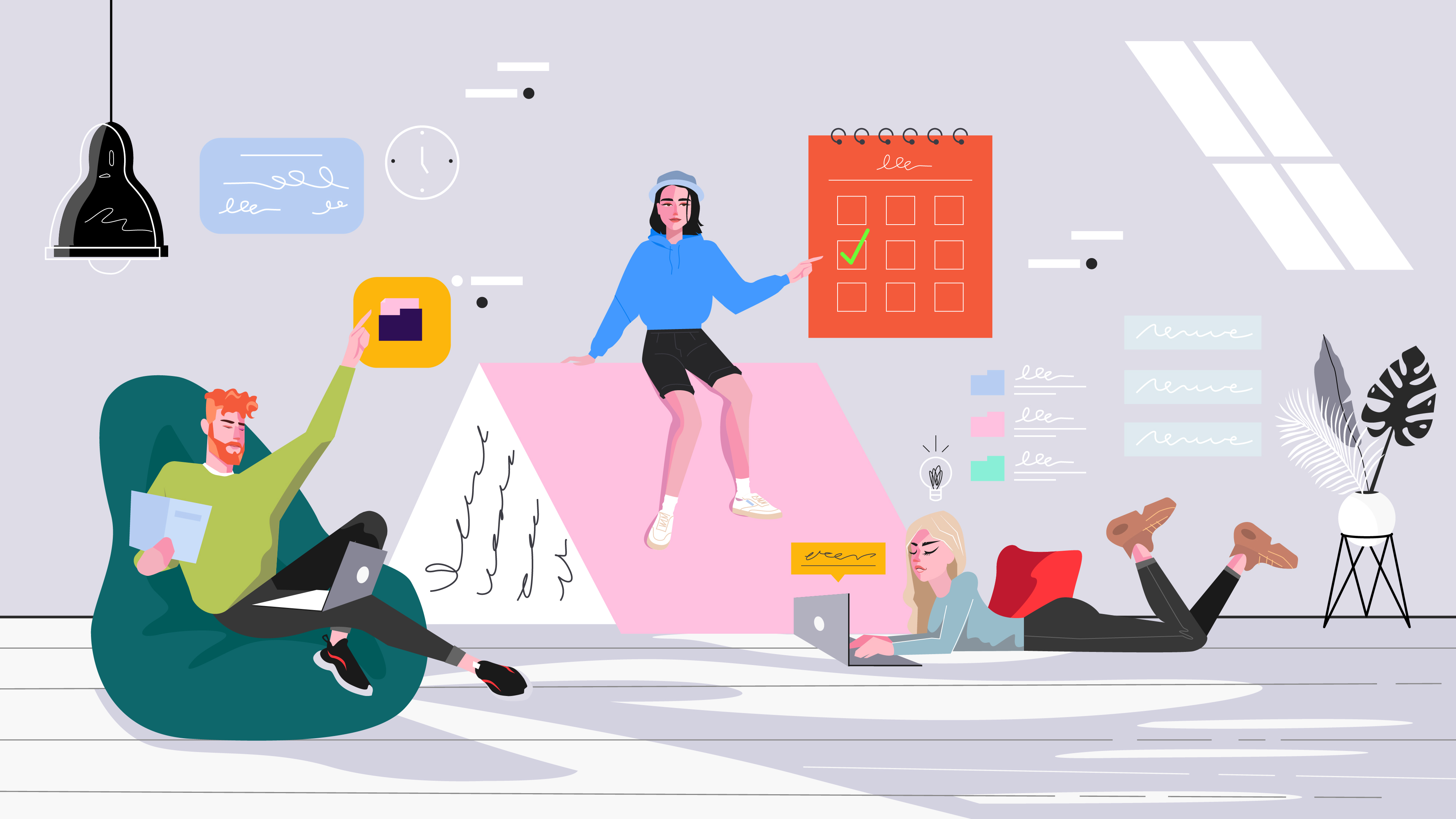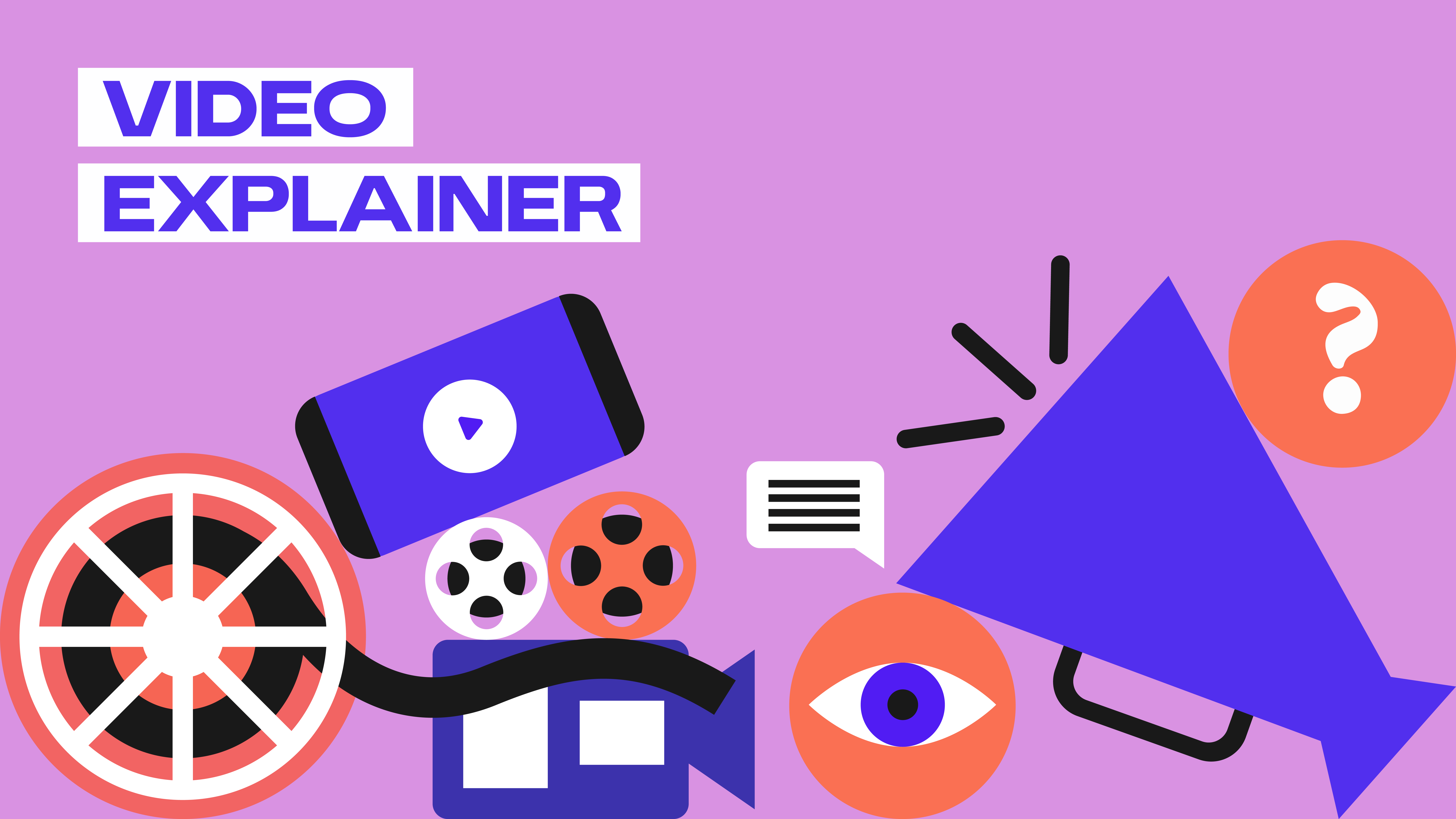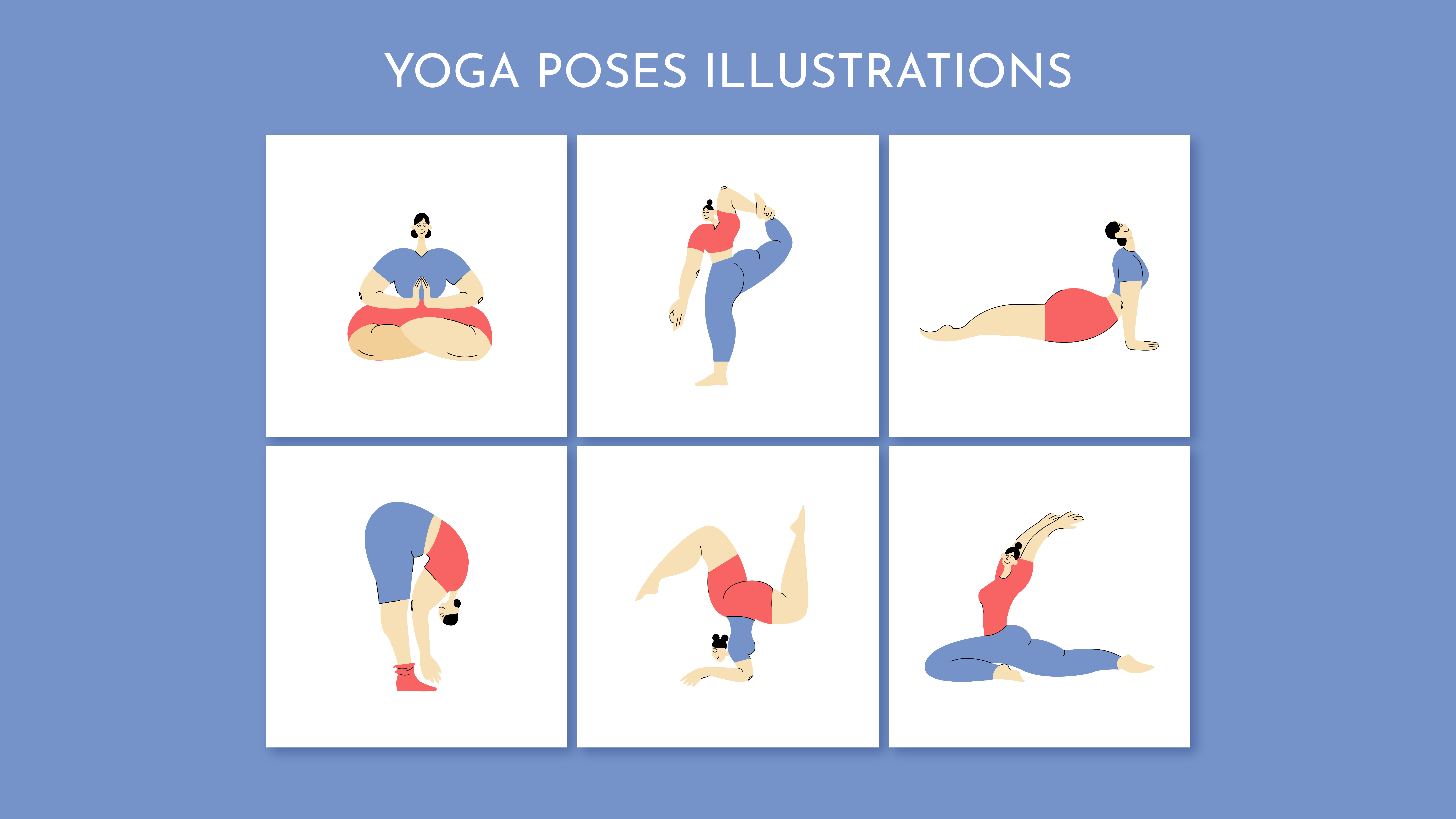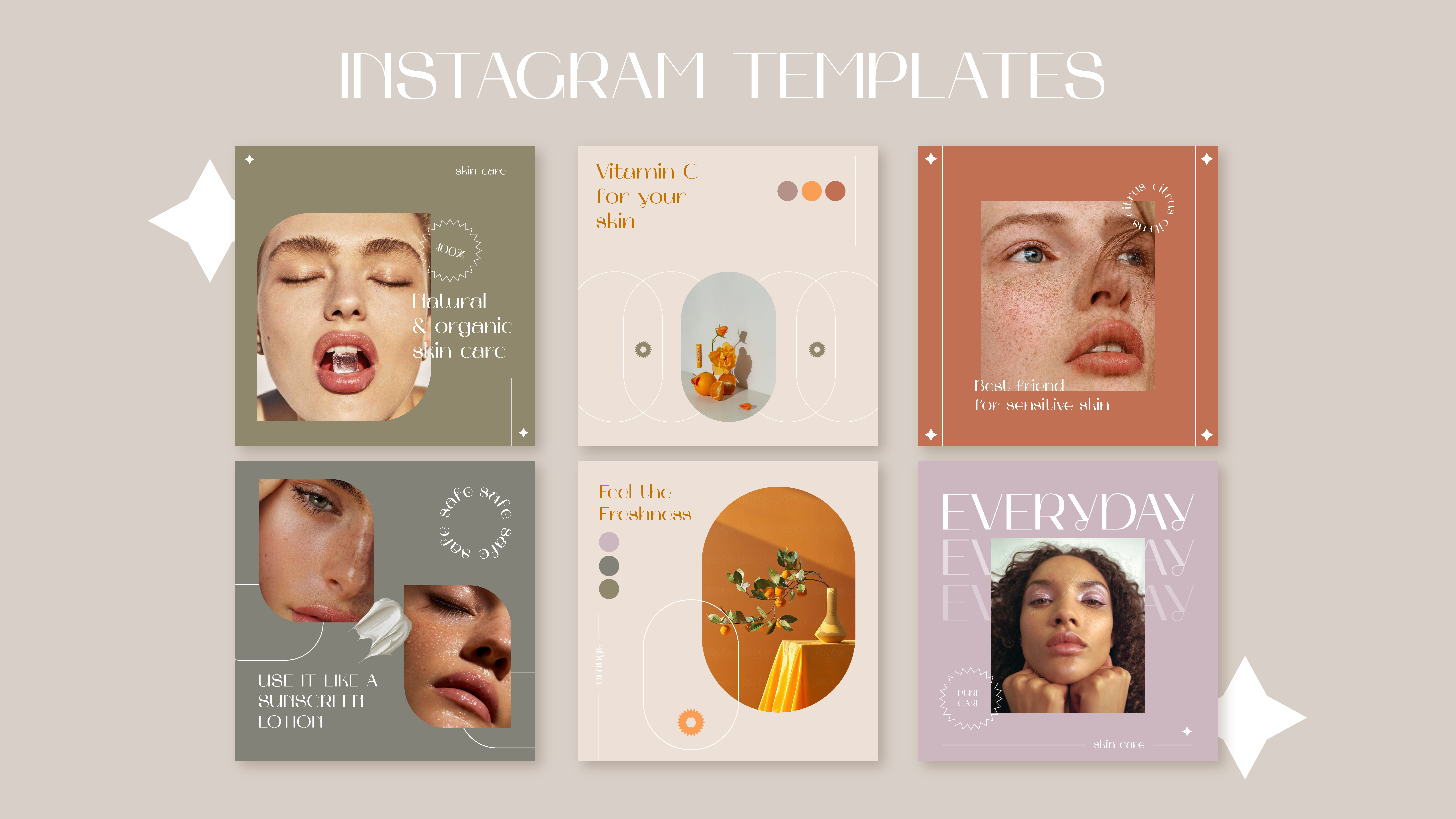The Future of AI: Opportunities and Challenges Ahead
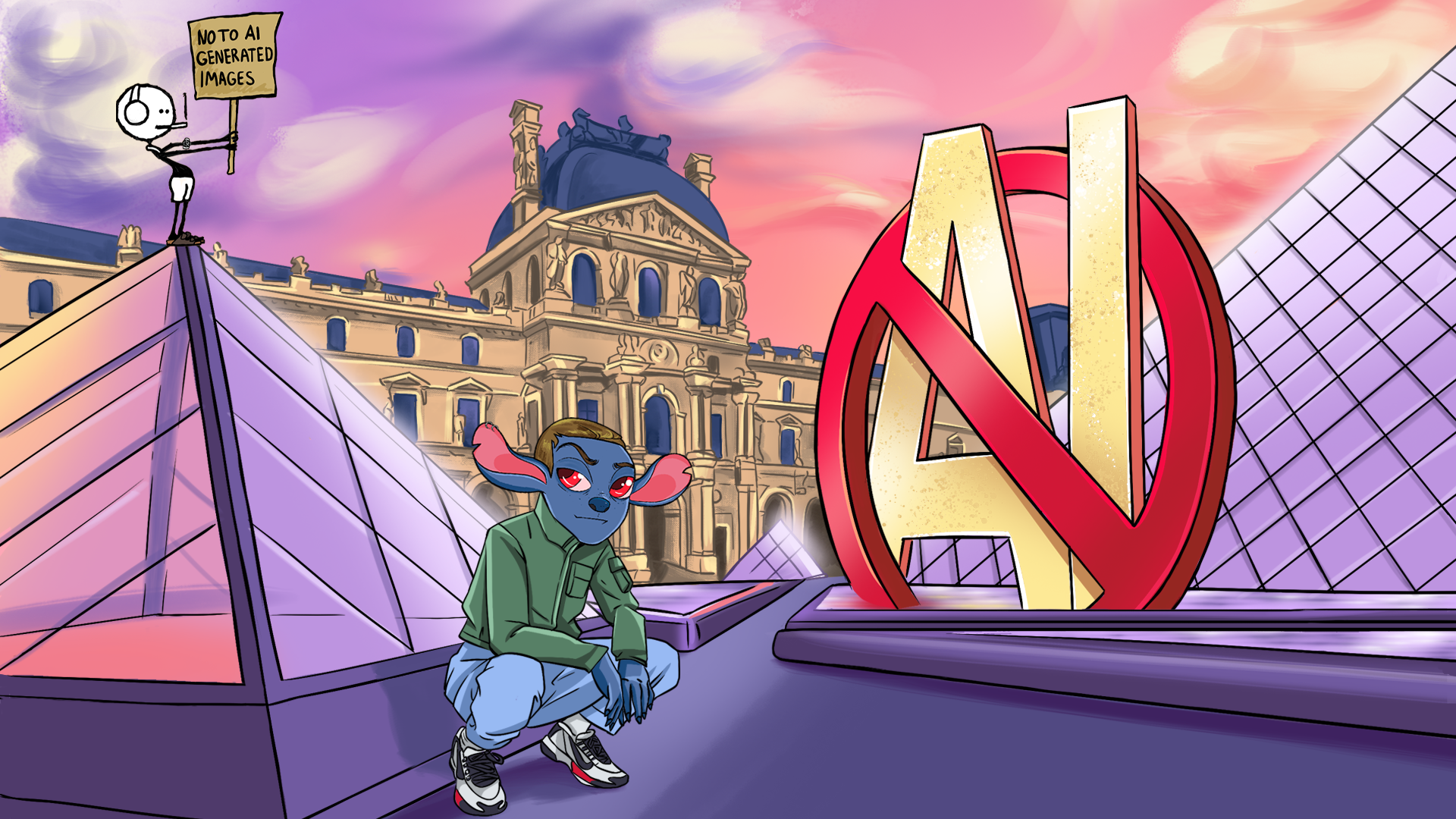
AI, or artificial intelligence, refers to the development of computer systems that are able to perform tasks that would normally require human intelligence, such as understanding language, recognizing images, making decisions, and solving problems. There are several different paths that have been pursued in the development of AI, including machine learning, which involves training systems using large amounts of data and algorithms to improve their performance, and symbolic AI, which involves the use of pre-defined rules and representations to solve problems.
As for the impact of AI on jobs, it is true that some tasks and jobs that have been traditionally performed by humans are being automated using AI. However, it is also important to note that the development of AI is also creating new job opportunities in fields such as data science and machine learning. Additionally, many experts believe that AI will augment and enhance human work rather than fully replace it, leading to the creation of new, more skilled, and specialized jobs.
There are several developments in AI that are enhancing and augmenting the work of designers rather than replacing them. Some examples include:
AI-powered design tools: These tools use machine learning algorithms to assist designers in generating design options, creating prototypes, and optimizing their designs. For example, there are AI-powered tools that can generate custom fonts, layout designs, and color schemes based on a set of input parameters.
AI-assisted design processes: AI can be used to streamline and automate certain tasks in the design process, freeing up designers to focus on more creative and strategic work. For example, AI can be used to analyze user data and generate insights that can inform the design process, or to perform tasks such as image tagging and content curation.
AI-powered design analysis: AI can be used to analyze and evaluate the effectiveness of design decisions, helping designers to make data-driven decisions and optimize their designs. For example, AI can be used to measure the impact of different design elements on user engagement and conversion rates.
Overall, the use of AI in design is helping to improve efficiency and productivity, but it is also creating new opportunities for designers to use their skills and expertise in new and innovative ways.
There are AI tools and technologies that are being developed specifically for design applications. Some examples of these include Stable Diffusion, Dalle, and Midjourney.
DiffusionBee is a software tool that uses artificial intelligence to generate art. It is free to use and runs offline, with no limits on the number of images that can be generated. It appears to be designed to make it easy for users to create AI-generated art on their computer using a technique called "stable diffusion".
And we leave the conclusions of what will happen in the future to your imagination.
Last surprise.
This article is written with the help of AI
Ձեզ հնարավոր է նաեւ դուր գա
Ի՞նչն է ավելի լավ՝ ֆրիլանսե՞ր, թե՞ ստուդիա
Շատ հաճախորդների մոտ հարց է առաջանում, թե ում վստահեն իրենց նախագիծը՝ անկախ դիզայների՞, թե՞ հայտնի ստուդիայի:
Որն է տարբերությունը? Եկեք պարզենք այն:Այս հարցին կարելի է մոտենալ տարբեր ձևերով՝ կախված ...
Կարդալ ավելին
The Future of AI: Opportunities and Challenges Ahead
AI, or artificial intelligence, refers to the development of computer systems that are able to perform tasks that would normally require human intelligence, such as understanding language, recognizing...
Կարդալ ավելին
Explainer Videos: A Powerful Tool for Business Success
In today's fast-paced digital world, businesses are constantly seeking innovative ways to communicate their brand, products, and services effectively. One such powerful tool that has gained immense p...
Կարդալ ավելին
